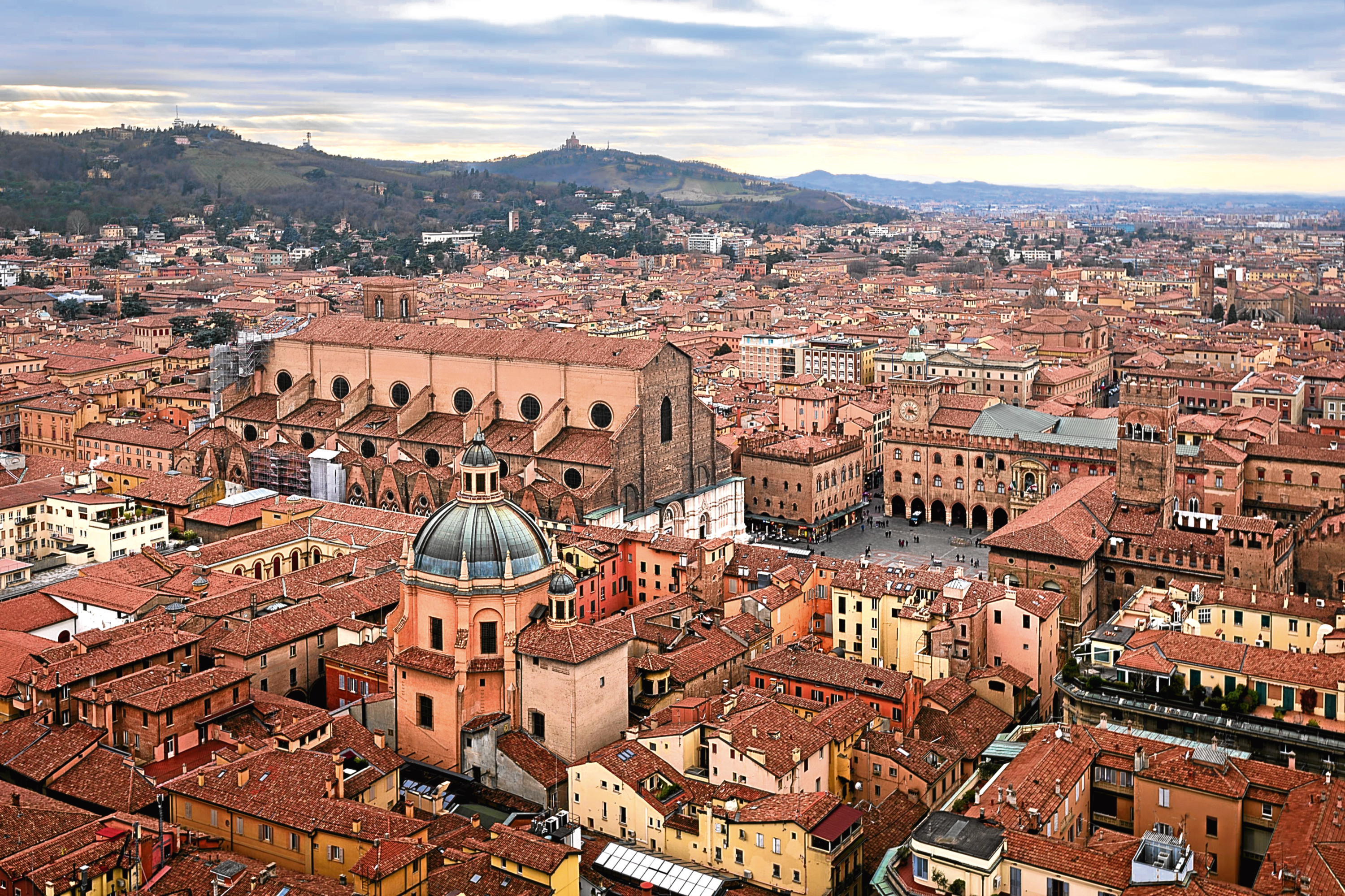
PHILIP PARKER is a historian who specialises in the medieval world, having previously had a career as a diplomat.
His latest book is History Of Britain In Maps (Collins £25), which tells of the nation’s past in 100 maps.
They range from Roman maps of the forts on Hadrian’s Wall to a map showing EU Referendum voting patterns from last year.
Philip, 52, lives in London.
ONE place that sticks most in my memory is Bologna.
It’s such a central part of Italy that you can easily get to the likes of Rome or Venice.
But it’s a fascinating place in its own right, so there are lots of good reasons just to stay there.
It has Europe’s oldest university – it was celebrating its 900th anniversary when I was visiting – and the buildings elsewhere are wonderful.
There were a lot of squabbling factions centuries ago, just like Romeo and Juliet, so they built towers with the houses for refuge.
A couple still exit and when you climb them the views over the red-tiled roofs are magnificent, but it’s said that if you go up before you’ve completed your university course you’ll never graduate.
And if you go with the one you love before you’re married you’ll never wed.
It’s probably no surprise that, given my historical interest, I love the past, particularly the Romans.
I went to Algeria – on a group trip as it was the only way to get access just after the civil war – and saw Roman remains in the desert.
It was in the middle of nowhere. The ruins were just there, untouched and seeming unchanged.
The other place that made a real mark was a lot closer to home, Hadrian’s Wall.
I made a couple of trips. One was a four-day walk from Corbridge to just short of Birdoswald.
It’s kind of overlooked sometimes that we have this magnificent piece of Roman history on our doorstep.
When you’re walking, virtually alone, on a misty September morning it’s so easy to feel you’re really stepping back in time with the Roman soldiers who used to be based there.
The next time I went I visited the tallest existing section. So much of the stonework of the Wall was stolen between the 14th and 16th Centuries.
But when you’re at that part, several metres high, you get a real sense of what it must have really been like 2000 years ago.

Enjoy the convenience of having The Sunday Post delivered as a digital ePaper straight to your smartphone, tablet or computer.
Subscribe for only £5.49 a month and enjoy all the benefits of the printed paper as a digital replica.
Subscribe